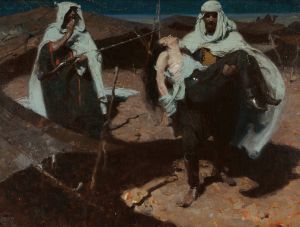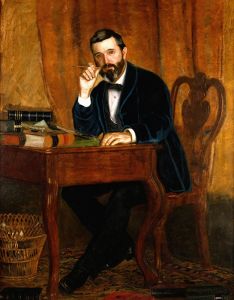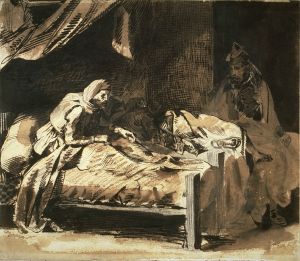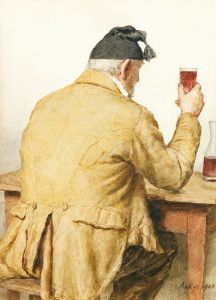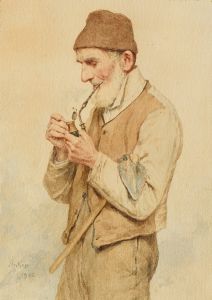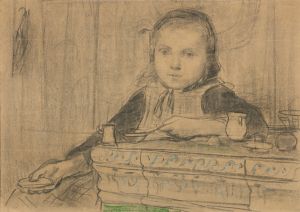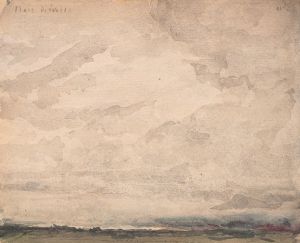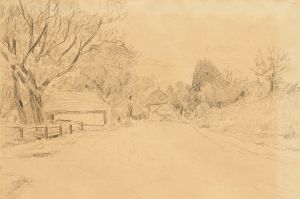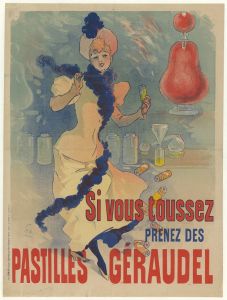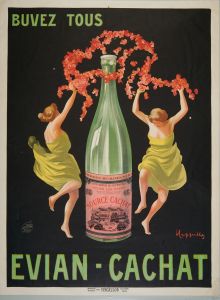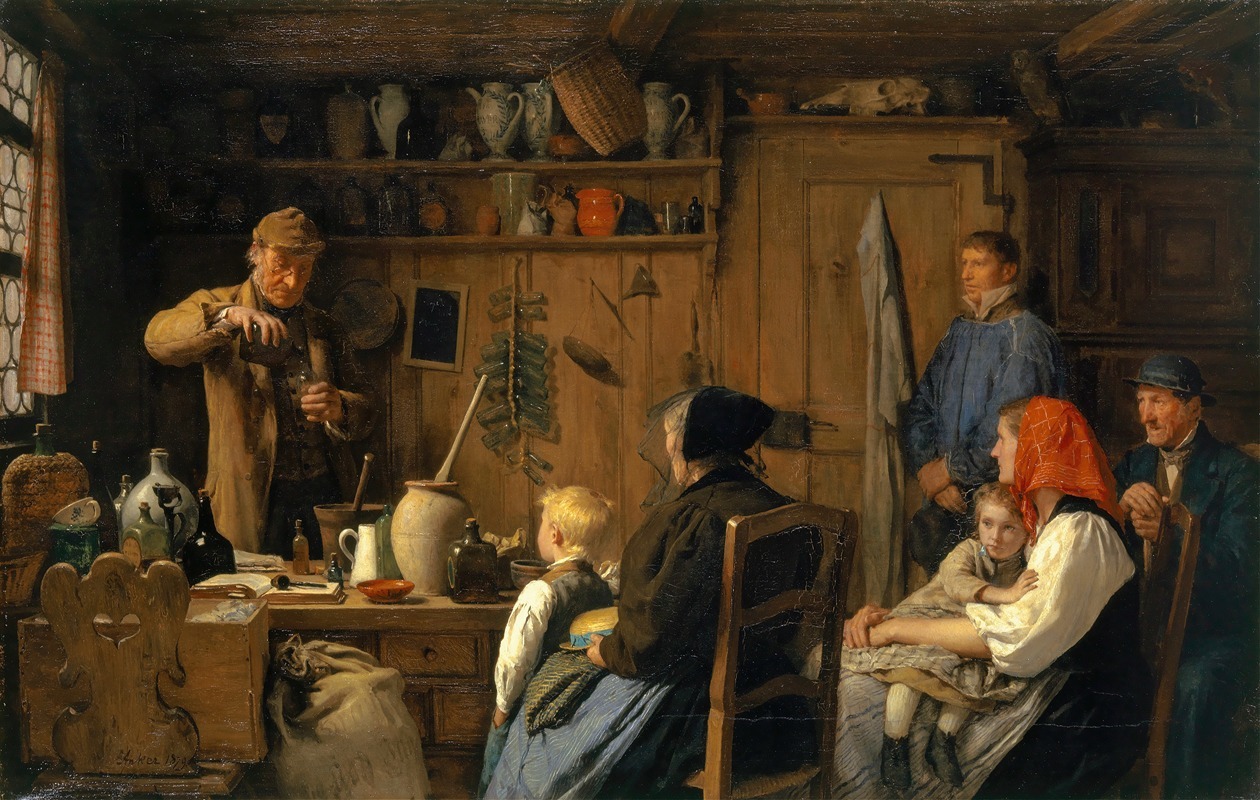
The Quack
A hand-painted replica of Albert Anker’s masterpiece The Quack, meticulously crafted by professional artists to capture the true essence of the original. Each piece is created with museum-quality canvas and rare mineral pigments, carefully painted by experienced artists with delicate brushstrokes and rich, layered colors to perfectly recreate the texture of the original artwork. Unlike machine-printed reproductions, this hand-painted version brings the painting to life, infused with the artist’s emotions and skill in every stroke. Whether for personal collection or home decoration, it instantly elevates the artistic atmosphere of any space.
Albert Anker's painting The Quack is a notable work by the Swiss artist, who is widely recognized for his detailed and realistic depictions of 19th-century rural life. Created in 1876, this painting exemplifies Anker's ability to capture the nuances of human interaction and the everyday experiences of ordinary people. Known for his genre scenes, Anker often focused on themes of domesticity, education, and community, and The Quack fits within this broader context of his oeuvre.
The painting portrays a traveling quack doctor, a figure common in rural Europe during the 19th century, as he attempts to sell his remedies to a gathered crowd. The scene is set in a village square, where men, women, and children have assembled to listen to the quack's persuasive pitch. Anker's attention to detail is evident in the varied expressions and postures of the onlookers, which range from skepticism to curiosity. The composition reflects the social dynamics of the time, with individuals from different walks of life interacting in a shared public space.
Anker's use of light and color enhances the realism of the scene. The warm, natural tones evoke a sense of familiarity and intimacy, drawing the viewer into the world of the painting. The artist's meticulous technique is particularly evident in the rendering of clothing, facial expressions, and the objects scattered throughout the scene, which provide insight into the material culture of the period.
As with many of Anker's works, The Quack can be interpreted as both a documentation of rural life and a subtle commentary on societal issues. The figure of the quack doctor, a symbol of dubious authority, may reflect contemporary concerns about the spread of misinformation and the exploitation of vulnerable populations. However, Anker's approach is not overtly moralistic; instead, he presents the scene with a sense of empathy and neutrality, allowing viewers to draw their own conclusions.
Albert Anker (1831–1910) is often referred to as the "national painter" of Switzerland due to his significant contributions to Swiss art and culture. His works, including The Quack, continue to be celebrated for their technical mastery and their ability to capture the essence of 19th-century Swiss life. Today, The Quack is held in a private collection, and it remains an important example of Anker's skill in combining artistic precision with social observation.





